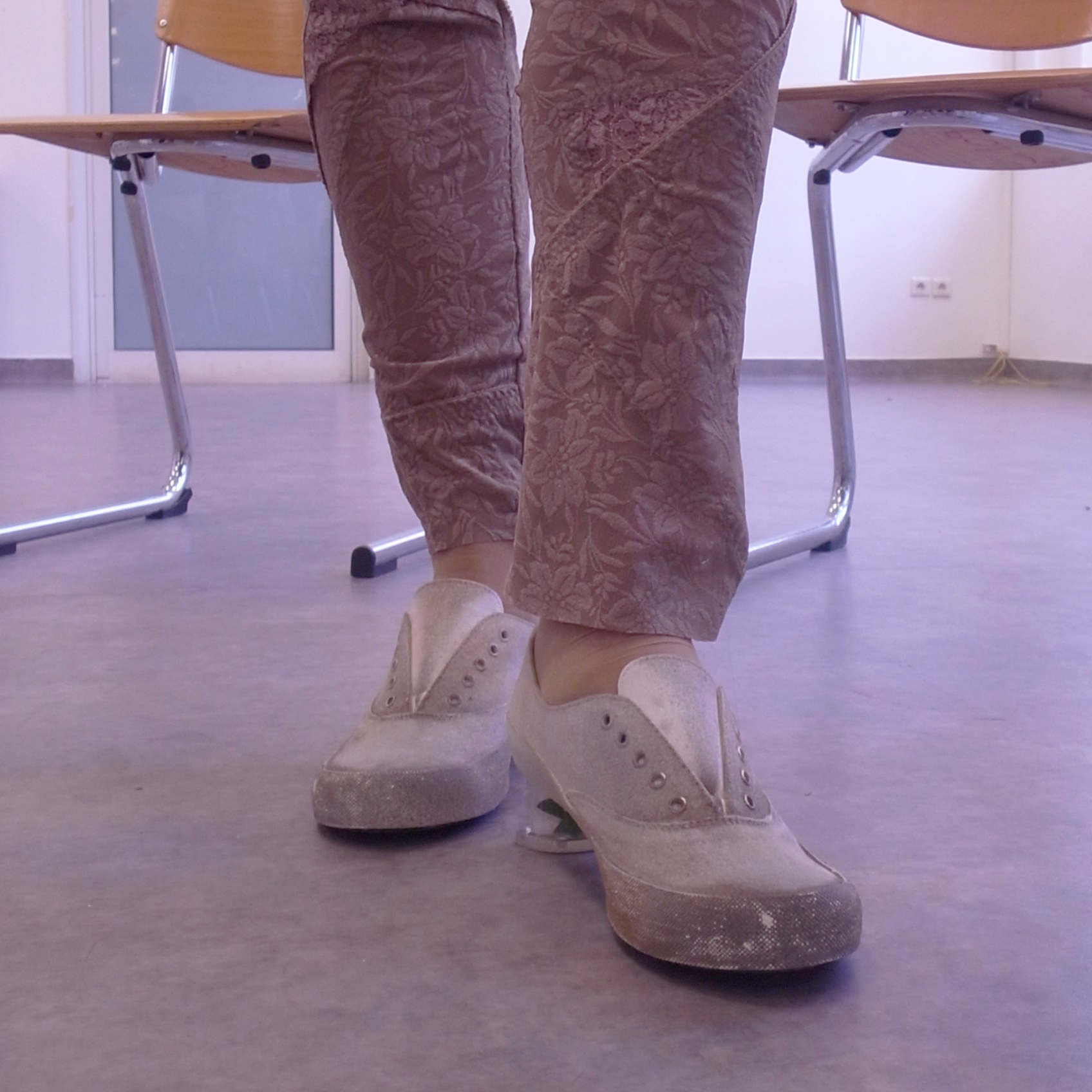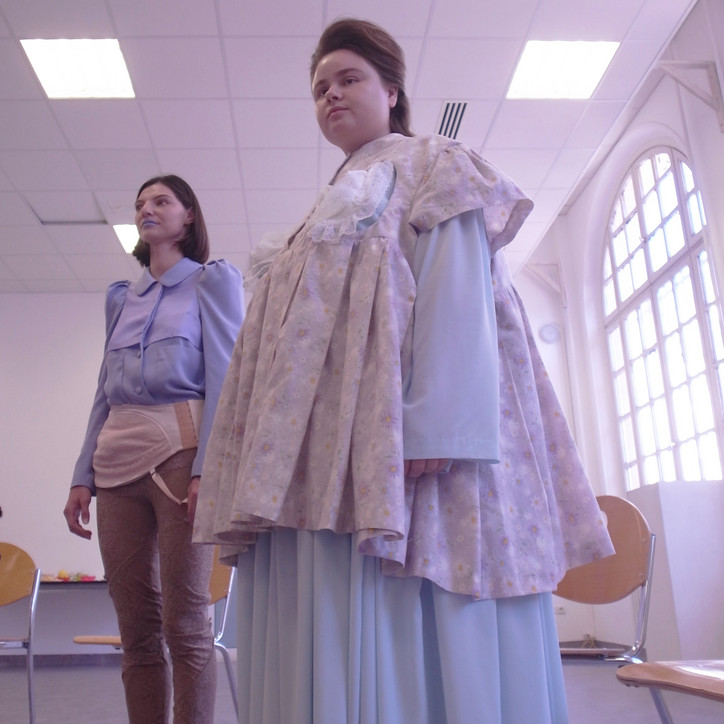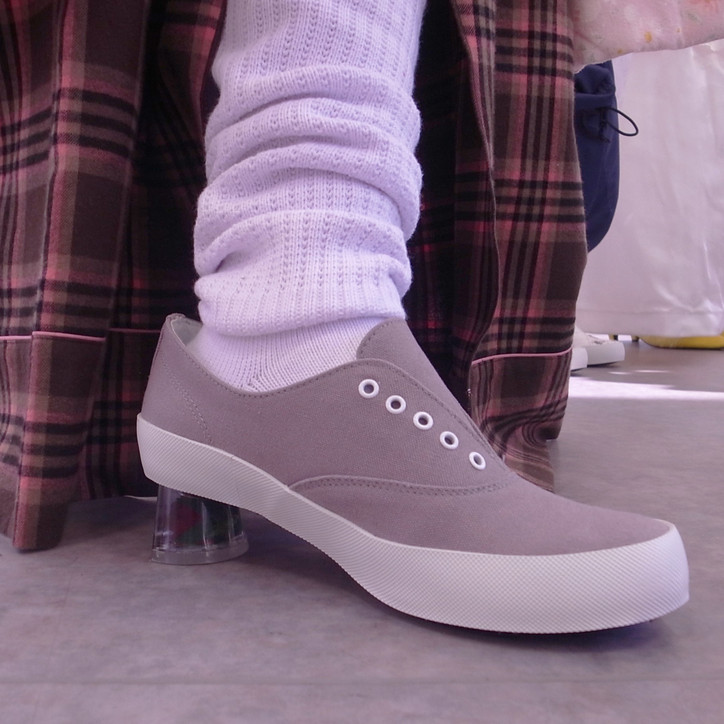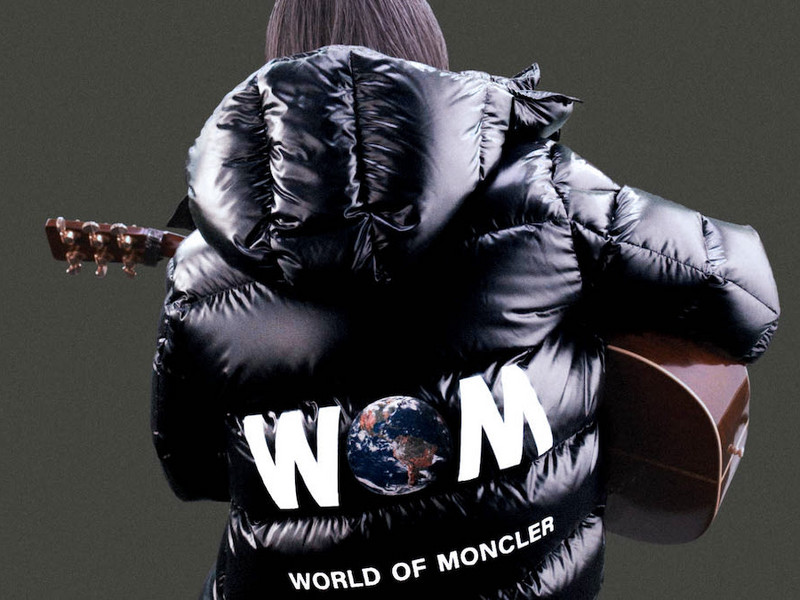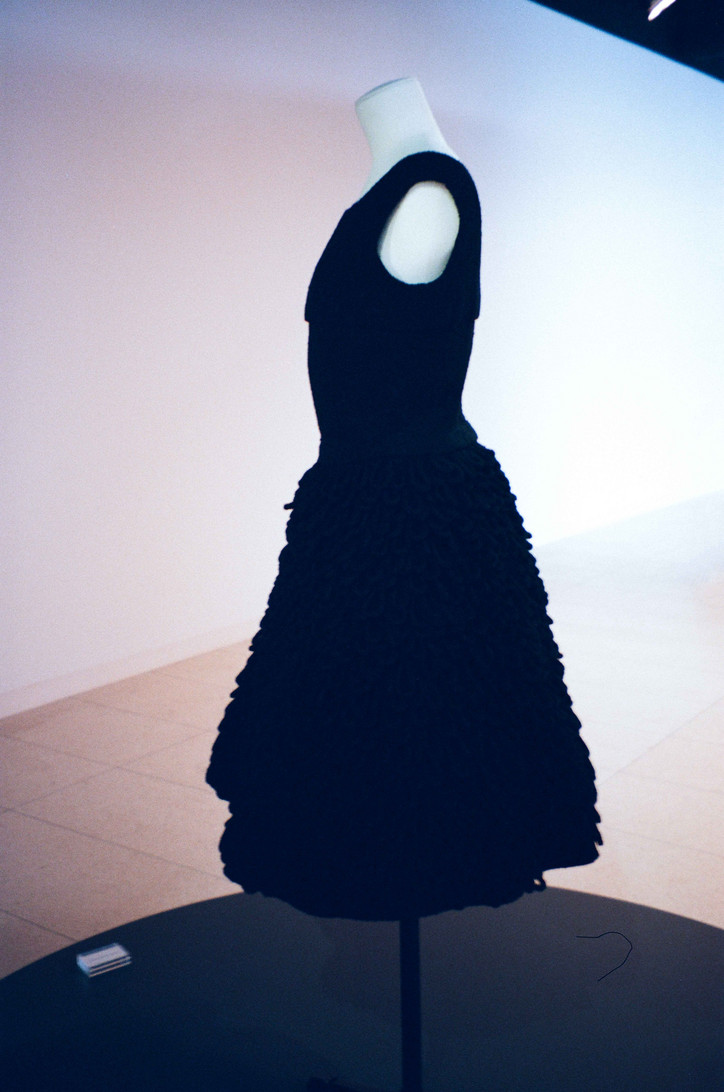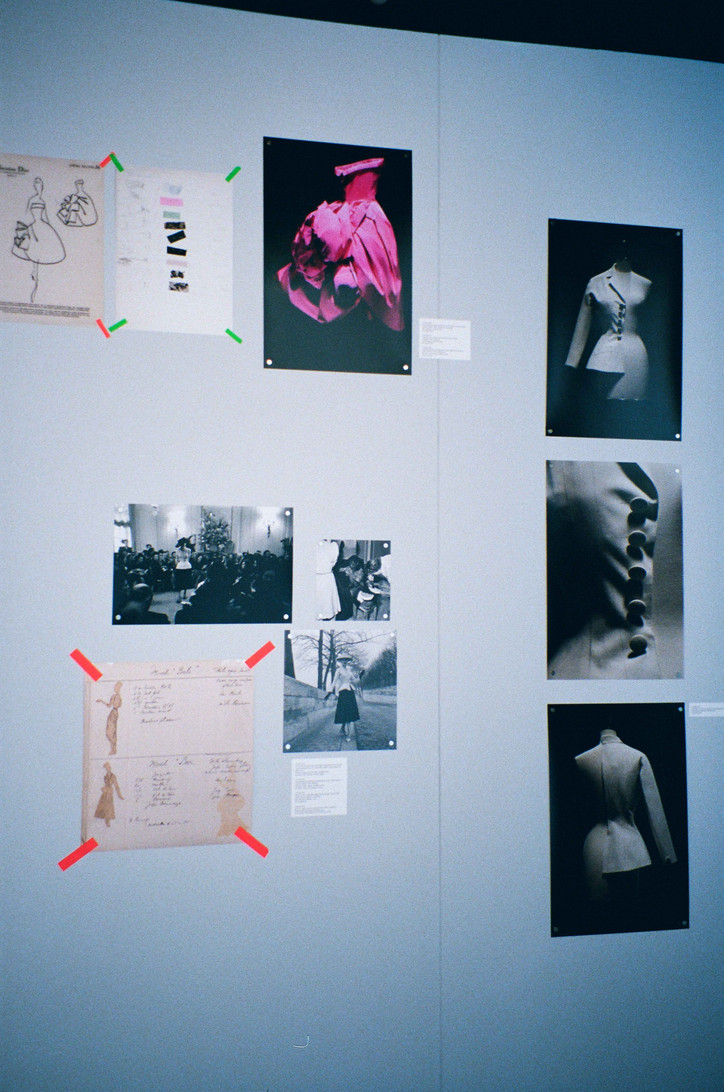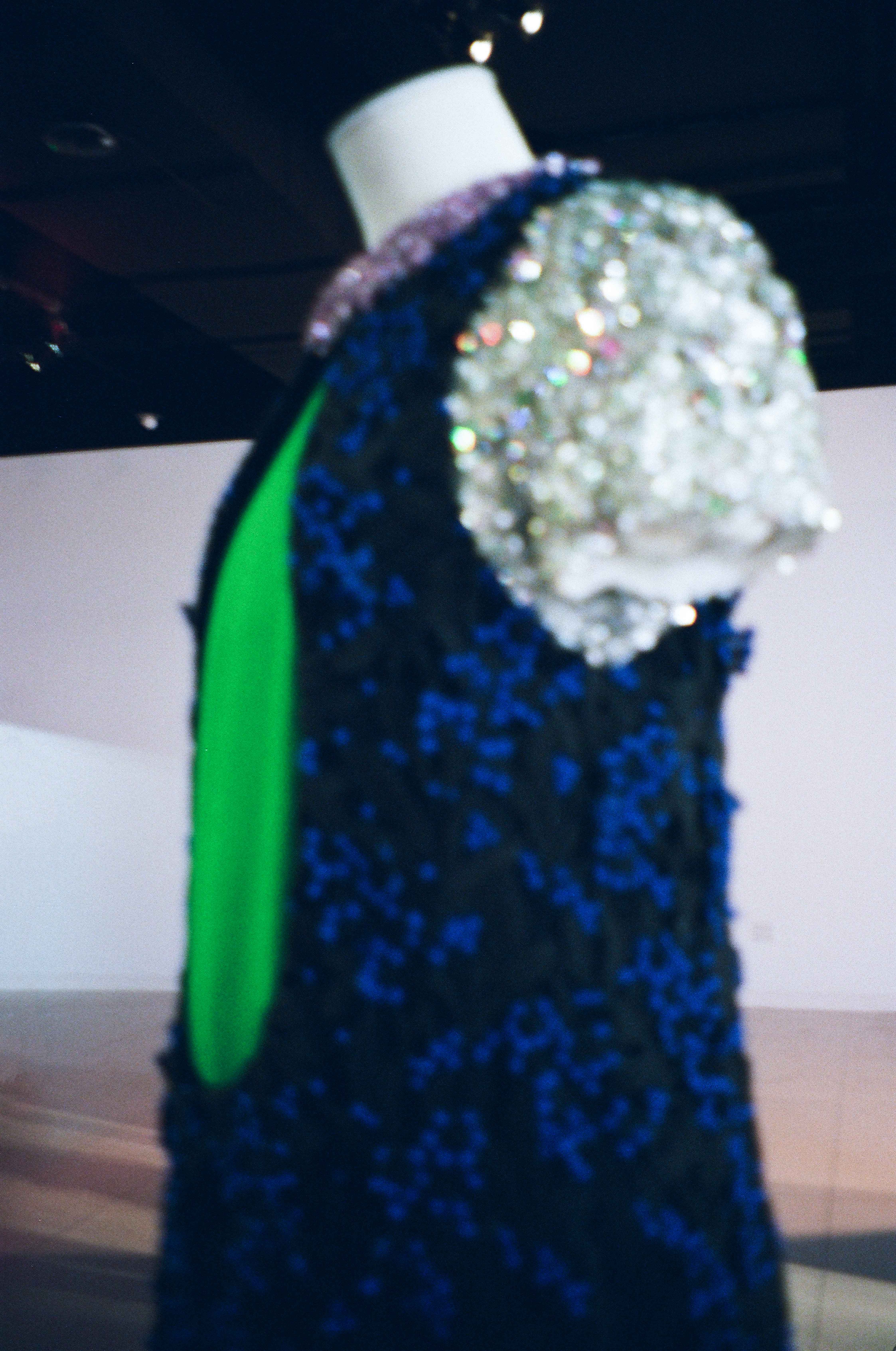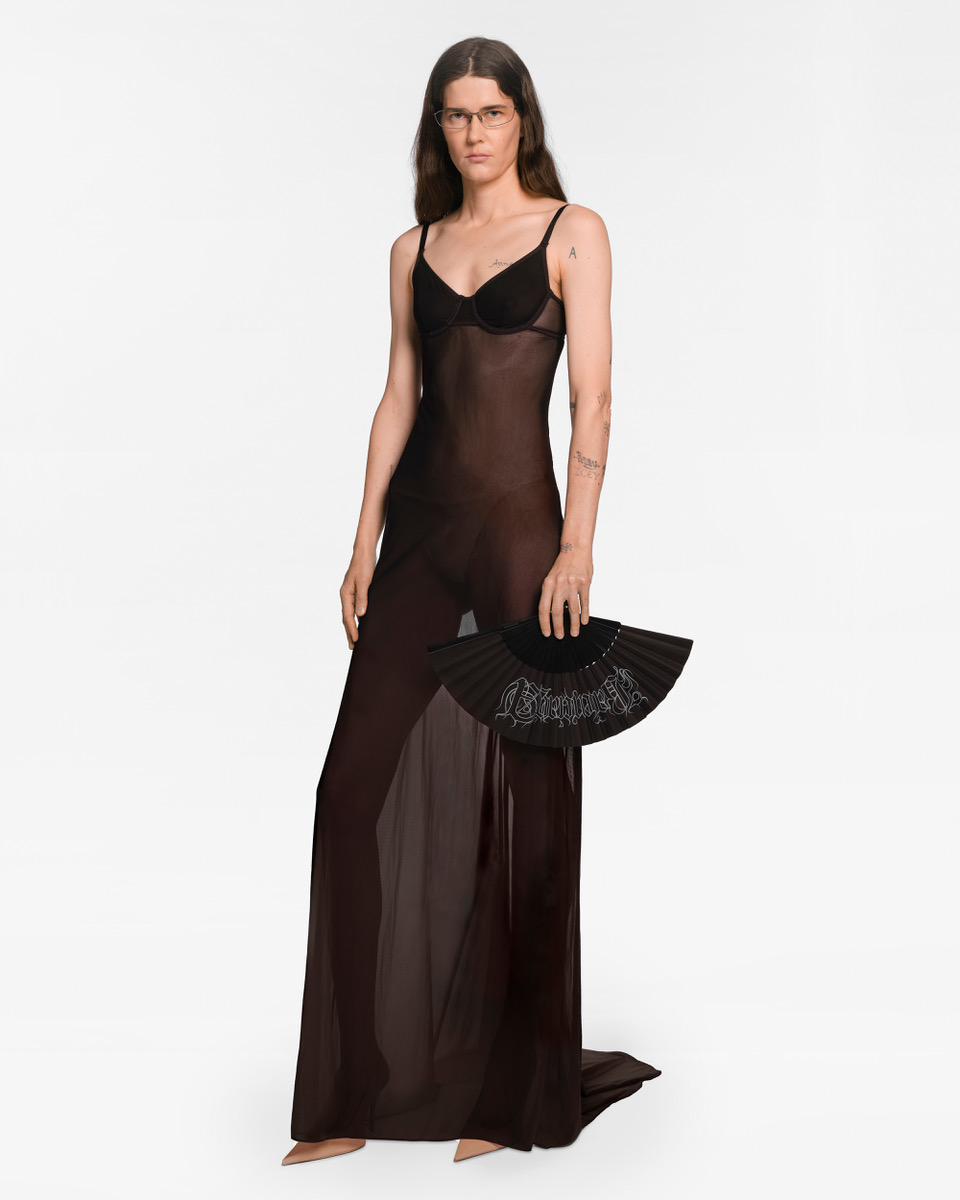Poche: More Than Hats

As I walk around his studio, I spot bins full of LTTT hats, embellished with contrasting colors and all with the Poche label, a creative cohesiveness. I'm surprised that the rooms fold into each other, a spacious studio where every corner is utilized, either with a giant sculpture or small sculptural hats, some in progress and some not. This space must only be a fraction of the inner workings of Maestu's mind, a place where curiosity and play rule all.
While Poche continues to grow in popularity, already a favorite among the ones who know, and LTTT carries on with programming, an acting touchstone for Asian-American identity, Maestu is happy with the direction his brands are heading, stripped of hyper-commercialization and the need to "level-up."
Sitting across from me on the floor, with the windows cracked to let any cool breeze in, Maestu opens up about his LTTT community, creative motivations, and the future, where growth is on his terms.


Thank you for inviting me into your space. Can you tell me a little about Poche and how it began?
The brand itself started in 2015 with an ex-partner at the time as a women's wear line. And then it was slow for a while. I went to Paris for school and then came back [to Los Angeles] and kind of relaunched as a pure hat brand in October 2018. So a year before, we were in the studio, and then from there, it was an easy start. First with making hats for myself, and then it just kind of took over; that's all people wanted.
Like this over here. I had friends asking me to make hats, and I was making pretty simple ones, at the beginning. Then it kind of just evolved where people were asking me to make hats for other friends or famous people. They're like, “we need some crazy shit.” I said, “Okay,” I gotta make some crazy shit. But then, I would play around with different kinds of fabrics. Hammering them into the floor and then dyeing them, bleaching them, and then fixing them. I would spend a lot of time dying things. I use fabrics that I'm kind of recuperating or finding morsels of; I would only have like a yard or two, like weird trims here and there.
Where do you source your material?
Downtown LA. Sometimes it'll be a thrift store or a garment that I’m cutting up. Now it's mainly Ragfinders if you're familiar. It's a big store. It's all deadstock fabric. And there’s all of ninth; between San Pedro and Main, there are these smaller deadstock fabric stores. That's like 99% of where I'm buying stuff from.
I used to dye everything by hand. Now, it's evolved where I work with a small dye house. We're using so many different fabrics pieced together on these types of hats. Dyeing them over gives each piece of fabric on the hat a slightly different hue. I try not to do it like a full dark dye; that way, there are nuances and similar tones of colors.

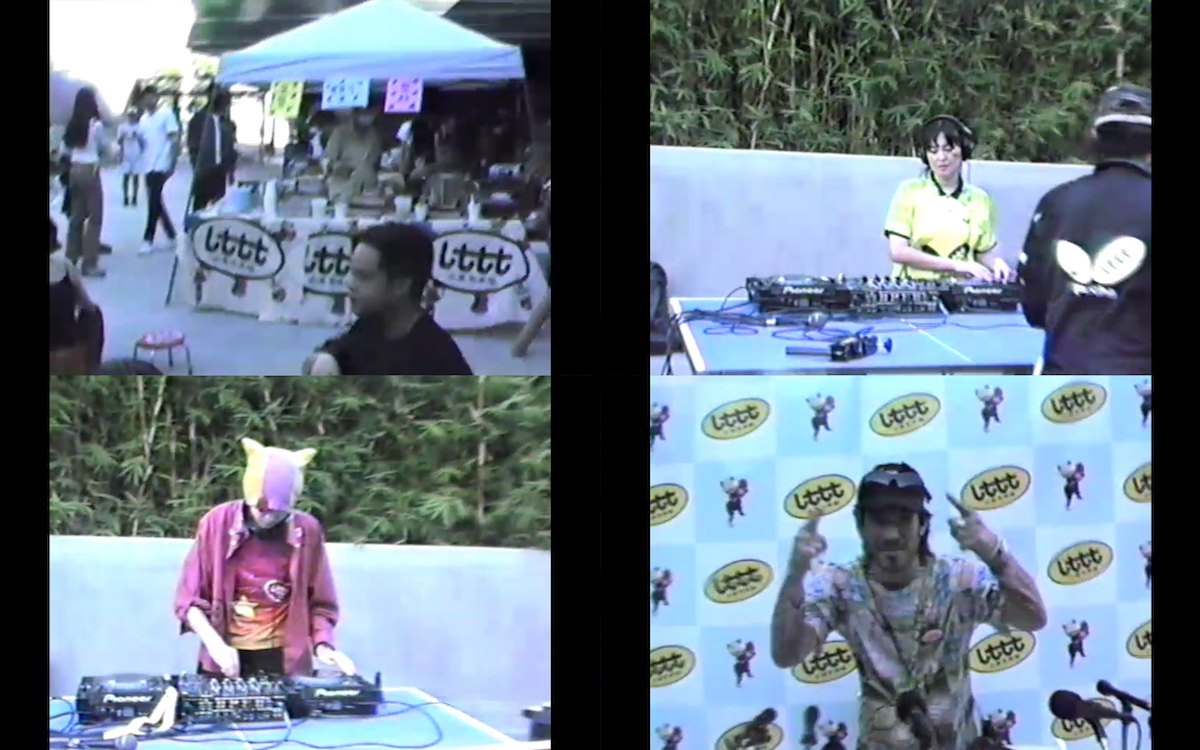
Your team’s pretty small?
The whole inner workings are pretty much just me and Patty and then my girlfriend/partner Gurina. She does, on a larger scale, garment manufacturing and production. She has a studio not far from here. She's also a designer and makes her own clothing, bags, and accessories. She helps a lot in terms of streamlining the production process. Until we met, I was sewing every single thing by hand. So I could only output as much as I had in me to sew. The team expands naturally to all my friends who participate creatively in projects we conceive and collaborators we partner with.
Do you see your team expanding?
It’s something I think about all the time. I had a talk with Gurina about it the other day. I feel like brands on a similar level as ours may benefit from investment or backing. And then build this scalable structure. And it takes months or years to turn around the investment while dealing with expectations. It’s a step up (or sideways…), I suppose - I am still reluctant to entertain that. I really value the freedom to create (or not to).
Does it ever get hard to let go of one of your creations, especially because they're mostly one-of-ones?
I’ve never had an archive because I don't hold on to anything. I'll remember the hats for the most part. It's getting harder now because there's a lot, but when you see it, you're like, ‘Oh, I remember that. I'd rather have someone wear it than sit in a studio.
So, you were born in Los Angeles?
I was actually born in France. I'm half Japanese and half French. I went to high school and middle school in LA. And then I went to college in France, so I was living there for a while.
Do you see LA and its culture playing a role in your craft?
There’s an LA that pops into your head when you think about LA, but it doesn't mean anything. Everyone's from somewhere else here. I grew up in LA, where influences come from all over. I like that you have the space to be anything. When I was in other places and living in France, I did not feel this comfortable.


You’ve created a community here. How do your friends inspire you or the people you connect with?
It’s a subconscious thing. You’re drawn to people who resonate with how you feel or what you're doing. The inspiration is really natural, and I might not even realize it. It can be my sister (Zoe Blue M.) and her friends or my mom’s friends or anyone! Everyone is a DJ, so we have unlimited good music. Everybody's doing work for you in a way, but then you're doing the work for them as well.
Do you see Poche studio existing outside of Los Angeles? Maybe back in Paris?
I couldn't be in Paris. I mean, it's a state of mind. When I was in Paris, I was broke, trying to start this up, and I lived in an apartment that was half the size of this room. I might go back if there was something going on or if everybody was receptive to what I’m doing. I could see it going anywhere, but I don't think I would change the base. I’d always be back here.
You’re growing a lot, yet Poche still remains lowkey, flourishing among the people who know and understand the brand’s vision.
What I love about what we're doing is that it's not a brand that has a rulebook. Poche is fun because it changes month to month, year to year. It's growing like an organism that has this community that's also growing with it - not just up but in any direction.
You keep establishing a community, now with LTTT, Little Tokyo Table Tennis; how did this begin?
I've been playing for three and a half or four years. During the pandemic, I was playing with my friends a lot. 12 hours a day kind of a lot. It was kind of one of these things that really stuck with us - because it’s so fun - but especially because we felt a connection to something we hadn’t before. It’s this sport that is fun and accessible and easy for most people. Everybody is familiar with it. But then, doing research about it and learning about the sport, it became one of these things that actually was really representative of who we are. It's such a huge phenomenon in Asia, yet in America, you don't think much about it. I developed an intimate relationship with this sport that, unlike most other sports, is dominated by Asian countries. Where the stars of table tennis resemble us as Asian Americans.


After diving into the sport and establishing a love for it among friends, then it became more structured?
LTTT lives one block away from here. It’s a community center called Terasaki Budokan that is operated by Little Tokyo Service Center. They just opened last year as a result of 30 years of planning and construction. It's a huge accomplishment for the community of Little Tokyo.
I visited one day about 15 months ago to inquire about plans for a table tennis program or club. They said they had none. I offered to start it, and after some planning, it took off. It was good timing.
I always had thought I would make merch or a brand that was table tennis related. When LTTT began, it was truly a dream come true. Making the logo and then creating the identity that is LTTT has been a huge part of what it all represents.
How do you approach making merch for the club?
This past year has been about the hat. Which felt like a comfort zone in relation to my work with Poche. But the logo on the hat is what makes it all. It’s a type of product development I’ve never experienced before and that I am constantly grateful for. The merch is simple but is growing all the time. I consider them symbols of this community we’ve all nurtured. Something everyone gets a piece of.
On a design note, did you ever study color theory in school?
I went to school twice after high school. The first time was for graphic design and only lasted a year. It was all art classes - art history, drawing, etc... I never got to the computer by the time I had dropped out. It was an impulse and may have taken longer, but I am happy to have taught myself. The second time I went to school was in Paris for draping and pattern making. We’d flesh out collections and show our research, so there's some training there.


Do you come from a creative family?
My mother (Asuka Hisa) is an artist and someone I’ve always looked up to. She's also a director at the Institute of Contemporary Art in Los Angeles, doing public programming and engagement. Before the ICA LA was the Santa Monica Museum of Art for almost 20 years putting together incredible public programs. So I grew up in museums my whole life. My sister is a wicked painter. She’s now finishing her MFA at UCLA and has been showing for the past year and a half pretty frequently (and successfully!). And my father is in financial consultation, so there was definitely a harsh balance. He had me playing sports up until I was 18 years old. In my early 20s, I had this feeling that I was starting late, creatively. I think both worlds have now met and now work together for me, which is beautiful.
It's interesting because it’s more than just a creative passion, but it's been handed down to you– these creative tendencies and curiosity.
Yeah, exactly. It’s been ingrained.
Do you see Poche going back to its apparel roots?
I think it's something that could happen, eventually. It's hard for me. I think it could eventually become something bigger, but we're still creating this solid foundation with the hats. I've made other things other than hats in the past that people were really into. We did belts, or we’ve done clothing, sculpture, and more. I love making clothes. I have a weird relationship with fashion. I don't look at fashion that much. It turns me off remembering how much excess there is.
It seems like sustainability is a large part of your ethos.
It’s a core value, definitely.
It’s great that your brand remains focused on intentionality and being authentic.
I think that's something that we want to hold on to. I'm not trying to sell out and be forced to do things a certain way. Time is valuable. Even if we’re not capitalizing as much as possible at any given moment, other things are more important.







